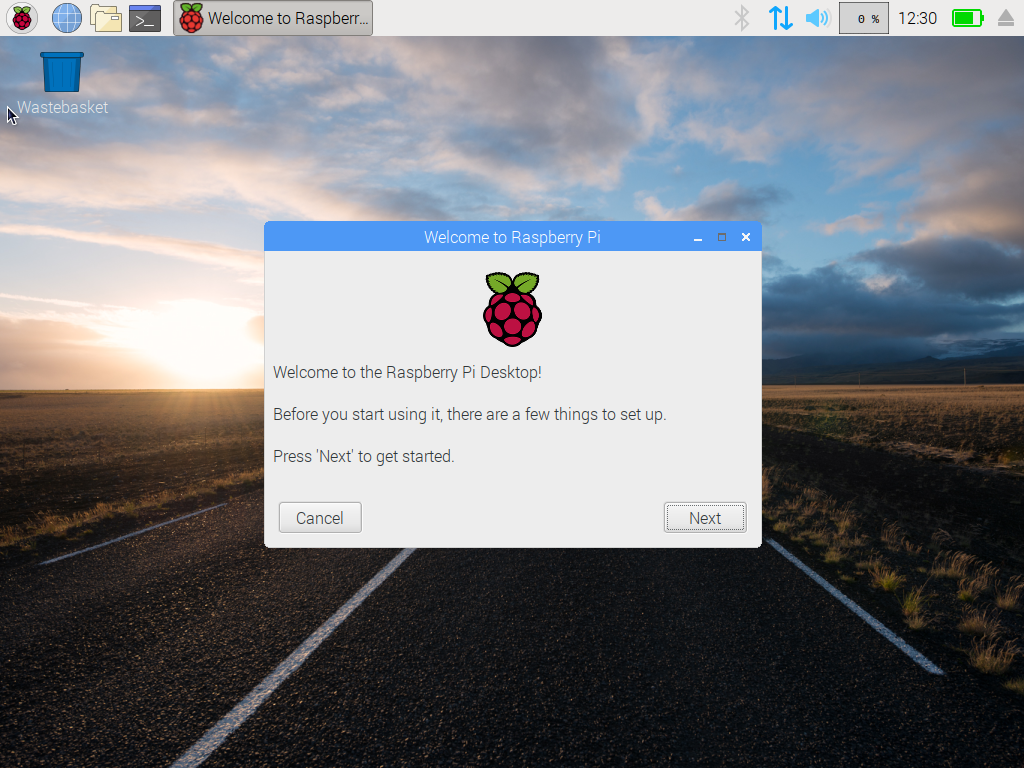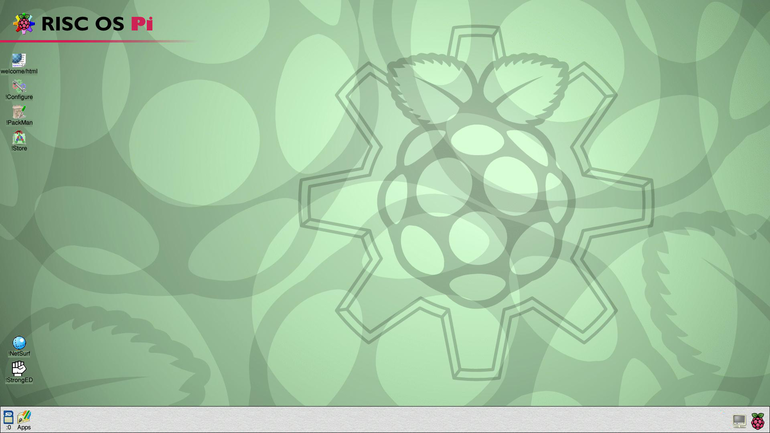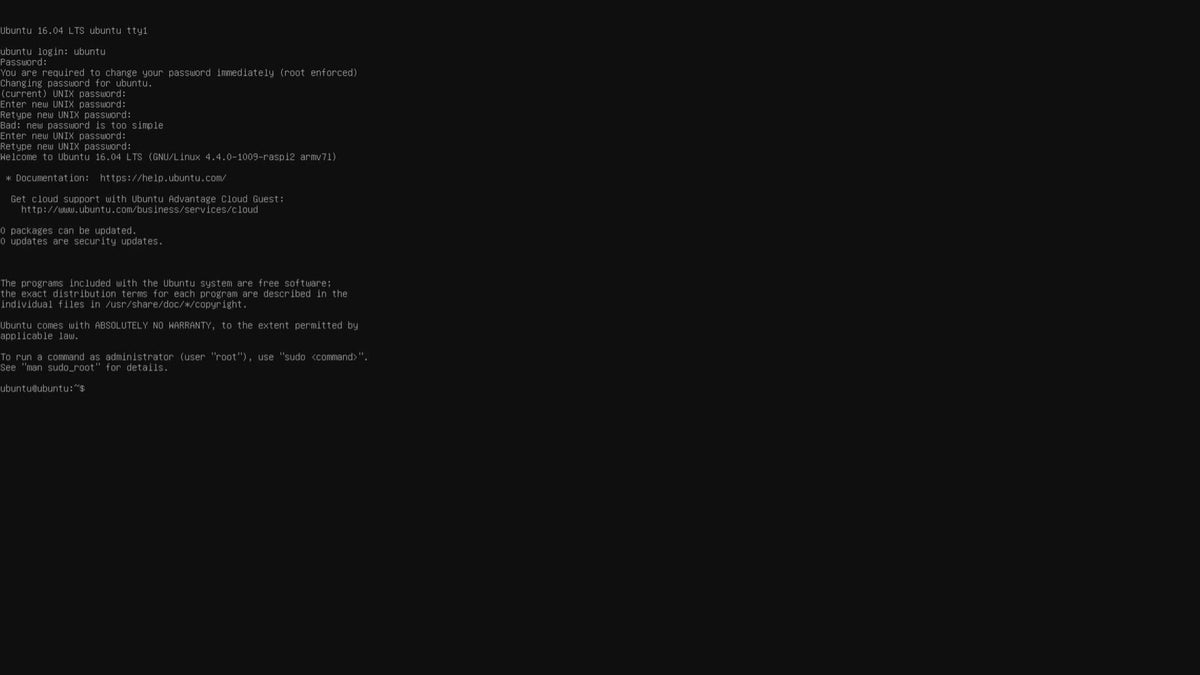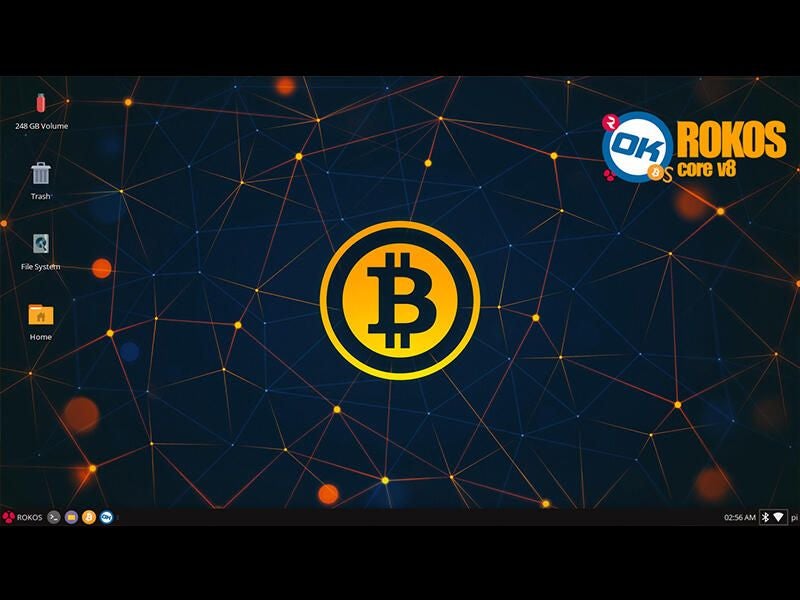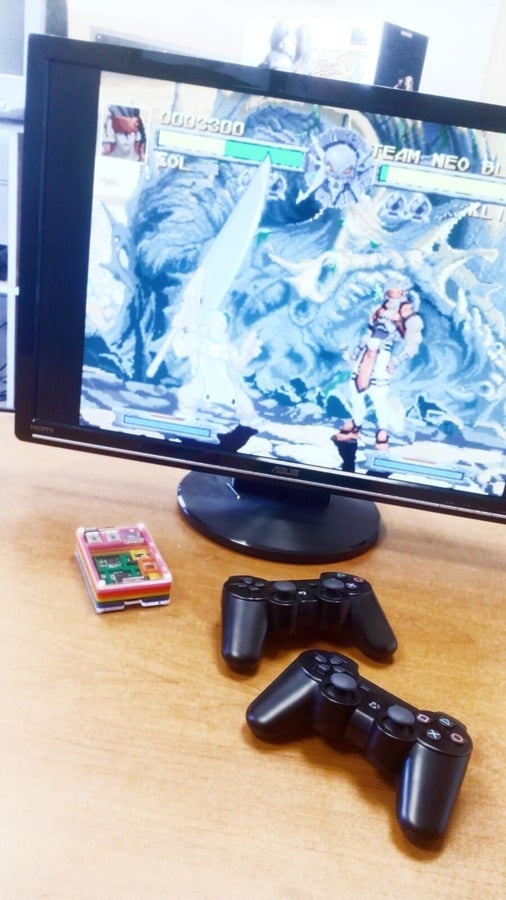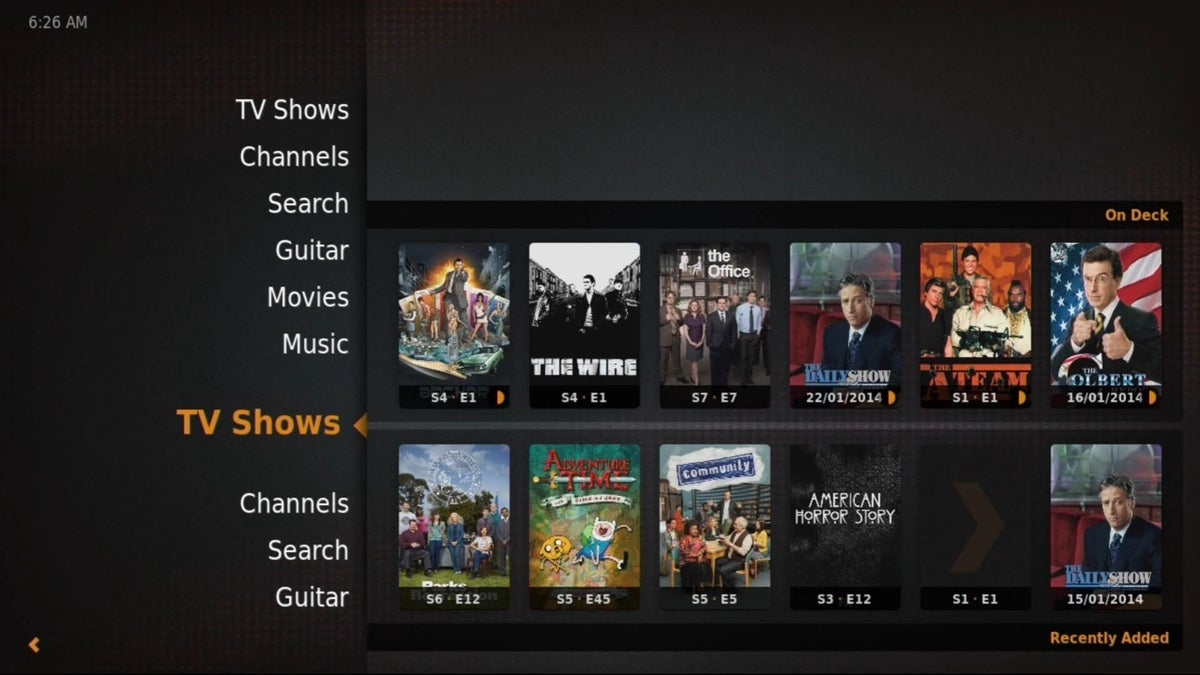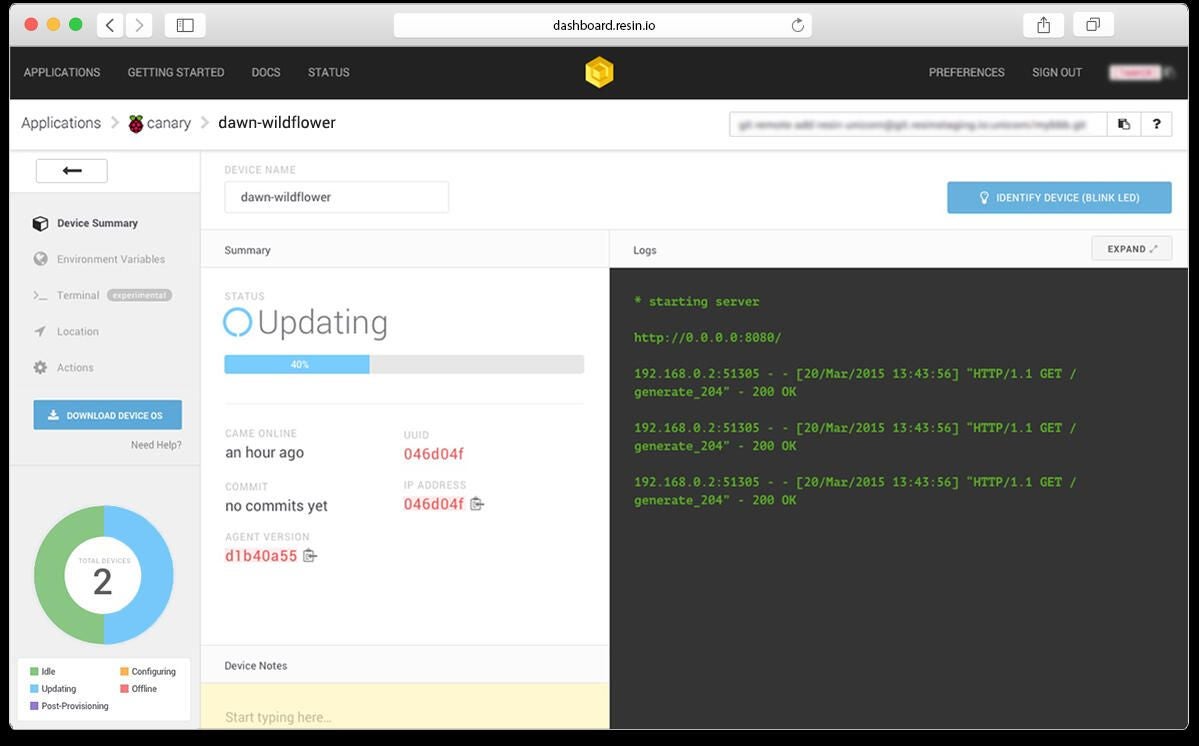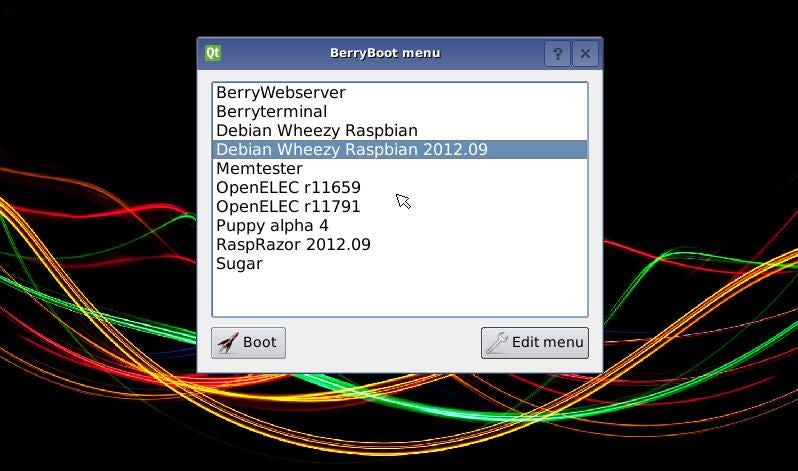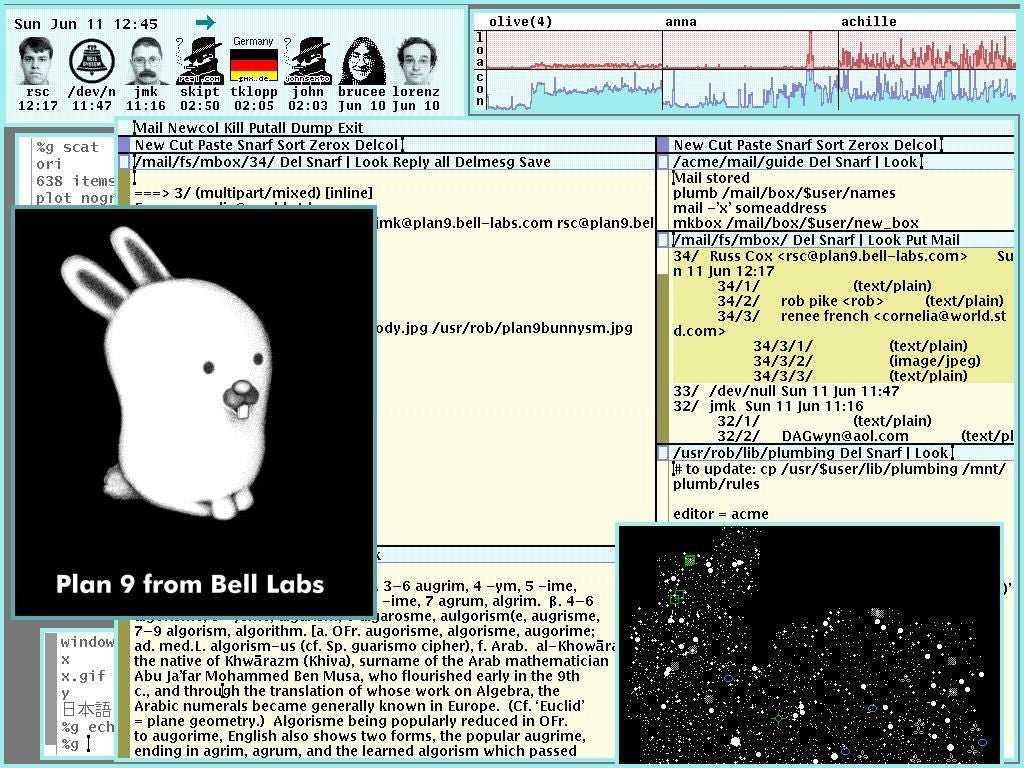Choosing a Raspberry Pi OS? Here’s the definitive list
Image 1 of 42
Who wants Pi?
Whether you want to use the $35 Raspberry Pi computer as a media center, retro games console or desktop PC — the credit card-sized device has got you covered.
But that’s only the start of what the smash-hit machine is capable of.
As a board meant for tinkerers, who aren’t scared of dropping down to the command line or breaking out the soldering iron, it’s no surprise the Pi can run all manner of weird and wonderful systems.
This list rounds up the free systems that are available, from easy-to-use desktop systems aimed at novice users to powerful systems designed for those familiar with the command line.
Operating systems for new users
Operating systems for more experienced users
Raspbian
Raspbian is the official OS for the Raspberry Pi.
Based on the Linux-OS Debian, it has been repeatedly updated since 2012 to make it easier to use and to expand its default software library.
The OS bundles web browsing, office and programming software and has been overhauled to make it simpler to use and more attractive. Recent improvements have seen the introduction of the PIXEL desktop, the addition of a startup wizard and the launch of Raspbian’s own take on an app store.
Overall, the OS strikes a great balance between being welcoming to novice users while packing a wide range of general and coding-related software.
Available here or via the NOOBS installer.
OSMC
OSMC or Open Source Media Center is picking up where the Raspberry Pi media centre operating system Raspbmc left off.
As the successor to Raspbmc, the OS should allow you to play videos and music stored locally or online, watch TV using a tuner, work with a remote control and even play video from premium services such as Netflix, Hulu and Amazon using the PlayOn Media Server.
Installing the operating system is done via an installer that can be downloaded from here.
LibreElec
LibreElec is another well-regarded and capable media centre for the Raspberry Pi.
Like OSMC, LibreElec is also based on Kodi, an open source media player, so is similar in terms of its capabilities to play music, video and TV, and is also able to graft on new features using add-ons.
Available to download from here.
Flint OS
Flint OS is built on Google’s open-source Chromium, the same OS used on Google Chromebooks. Designed around online services, a recent hands-on with the OS found the board functions pretty well as a cut-price Chromebook, providing you limit yourself to web browsing and light office work.
RetroPie
Fancy turning the Pi into an emulator for classic computers and consoles? Then check out Retro Pie.
Retro Pie bundles together tens of emulators of much-loved systems from the past 30 years – including the Amiga, Atari, N64 and Sega Mega Drive.
The system is based on the Raspbian operating system but is given a console-esque look by the EmulationStation front end, as well as supporting a range of retro controllers and joysticks.
The download is available here, alongside instructions for installation.
Kano OS
Aimed at turning the Pi into a machine that is simple for children aged under 10 to use, with a bundled programming-themed game and a drag-and-drop programming tool that lets kids code by slotting blocks together.
Available to download from here.


RuneOS
RuneOS
This is an open-source OS that turns the Pi into a Hi-Fi digital music player, offering a wide range of features and with an emphasis on ease-of-use.
To install follow these instructions and download RuneOS from here.
Ubuntu 16.04 Mate
The latest release of the popular Linux OS, Ubuntu, with the Mate desktop.
Mate offers a familiar Windows desktop and is a continuation of the GNOME 2 desktop used by many different Linux distributions
Instructions on how to download and install the OS are available here.
Risc OS
A descendant of the operating system that powered the Archimedes computers way back in the late 80s.
The open source version of the OS, RiscOS Open, has been spun into an offering for the Pi, and has been lauded for its boot speed and responsiveness.
The system looks and works differently to Windows or Linux desktops, so it is probably worth new users reading this quick start guide.
The OS is available here. Windows users should follow the installation instructions here, Linux users here and MacOS users here.


Windows 10 IoT Core
Windows 10 IoT Core
The Pi doesn’t run the same version of Windows 10 as a PC, but a far simpler, stripped-back release called Windows 10 IoT Core.
This OS won’t boot you into the traditional Windows desktop, but instead loads a bare-bones menu from which you can set up the system. The OS is limited to only running a single Universal Windows Platform (UWP) app with a GUI at a time.
The real purpose of Windows 10 IoT Core on the Pi is to run small applications, which are deployed to the board from a PC. These apps could do anything from taking readings from a temperature sensor, to acting as a simple web server.
Get Windows 10 IoT Core for the Pi here.
Android Things
Android Things is Google’s Internet of Things-focused OS that hit version 1.0 in May this year.
The OS allows developers to use many of the same APIs and SDKs as they would in Android, but Things tweaks the OS design to improve performance on boards with limited storage and processing power. Google prioritizes simple security and maintenance with Android Things, with all devices receiving security updates within two weeks of release.
The OS is available to download for the Raspberry Pi 3 here.
Open Suse
The Linux-based OpenSuse OS, build Leap 42.3, is available with a variety of windowed desktops and a range of programs, including the Firefox web browser and LibreOffice. It is available to download for the Raspberry Pi 3 here.
Snappy Ubuntu Core
This is a minimal build of Ubuntu targeted at Internet of Things devices and designed to be simple to keep up-to-date and secure.
Instructions on how and where to download the latest version are available here.
Image: Canonical


Alpine Linux
Alpine Linux
A lightweight and security-focused Linux distribution aimed at power users.
The latest version Alpine Linux is available to download here, and includes the LTS version of Node.js (8.11) and Go 1.10.
Rokos
The effectiveness of using a low-power computer like the Raspberry Pi as a cryptocurrency miner may be dubious, but if you fancy giving mining a go check out ROKOS, which packs Bitcoin Full node client into a fully functional desktop OS.
Give it a try on Pi by downloading it from here.
Volumio
This system turns the Pi into a music player that can be controlled from your PC or phone. Capable of playing high fidelity music from local storage or from streaming services like Spotify.
Instructions for setting up Volumio and where to download it are available here.
Tiny Core Linux
This minuscule OS is reportedly one of the fastest operating systems to run on the Pi, able to unload itself from the SD card and run entirely off the onboard RAM. That said it will require some tinkering to get started with, so is only recommended for intermediate/advanced Linux users.
The OS is available to download here.
Recalbox
Turns your Pi into a retro-gaming console, bundling more than 30 emulators of classic 80s and 90s machines, as well as a media center.
Available to download from here and with instructions on getting started here.
Arch Linux
Another operating system that has been available for the Pi for some time is Arch Linux.
The OS isn’t as immediately accessible as systems like Raspbian, booting the user into a command line so they can configure their OS and desktop to their liking, but is a great choice for those with the necessary expertise who want complete control over their system.
Instructions for installing the OS with the XFCE desktop on a Pi 3 are available here.
Lakka
Another retro-gaming system, the lightweight Linux distro also supports more than 30 classic handheld and living room systems.
Instructions for installing Lakka, which carries a warning it is still under development, are available alongside download links here.
chilipie-kiosk
An Ubuntu-based system that boots the Pi straight into a full-screen Chrome browser and that is suited to showing dashboards or software build monitors.
Download links and installation instructions are available here.
DietPi
An extremely lightweight version of the Linux-based Debian Jesse OS, which offers fine-grained control over settings and installed software.
Available to download from here and with installation instructions here.
CentOS
Derived from Red Hat Linux, CentOS provides a community-supported distro that is updated about every two years.
Download links are available here and instructions for installation are available here.
Linutop OS
The Linutop OS is a lightweight system designed to run on low-power Nettop computers, making it a good fit for the Pi’s modest specs.
The operating system, a remix of the Raspbian OS and XFCE, is available to download here, and offers a range of software, including the Epiphany web browser and GNU Paint. It can also be set up as an internet or display kiosk.
Minibian
A lighter-weight version of Raspberry Pi’s official Raspbian OS designed for use in embedded systems and that strips out Raspbian’s GUI and various bundled tools.
Available to download from here and with instructions for installation here.
OctoPi
This is a system aimed at 3D printers and includes the OctoPrint host software, tools for streaming video of prints and for preparing 3D models for printing, as well as the LCD app OctoPiPanel.
The latest build is available here.
Hypriot
Based on the Linux distro Debian, Hypriot is a minimal OS that is designed to orchestrate the deployment of Docker containers–a lightweight form of virtualization–on clusters of Raspberry Pi boards.
Instructions for getting started are available here and it is available to download from here.
resinOS
An open-source OS for running Docker containers on embedded devices, which is designed around reliability.
Available to download from here and with instructions on getting started available here.
PiNet
The following couple of entries aren’t operating systems per se, but rather tools to help you manage Raspberry Pi boards.
PiNet was developed to help organisations setup and manage networks of Raspberry Pi boards, allowing each computer to boot off a central Raspberry Pi server.
Instructions for downloading PiNet and setting up the server are available here.
BerryBoot
This bootloader allows you to install multiple Raspberry Pi operating systems on a single SD card, as well as to store OS files on a separate hard drive, rather than on an SD card, as is usually the case.
Instructions for downloading and running BerryBoot are available here.
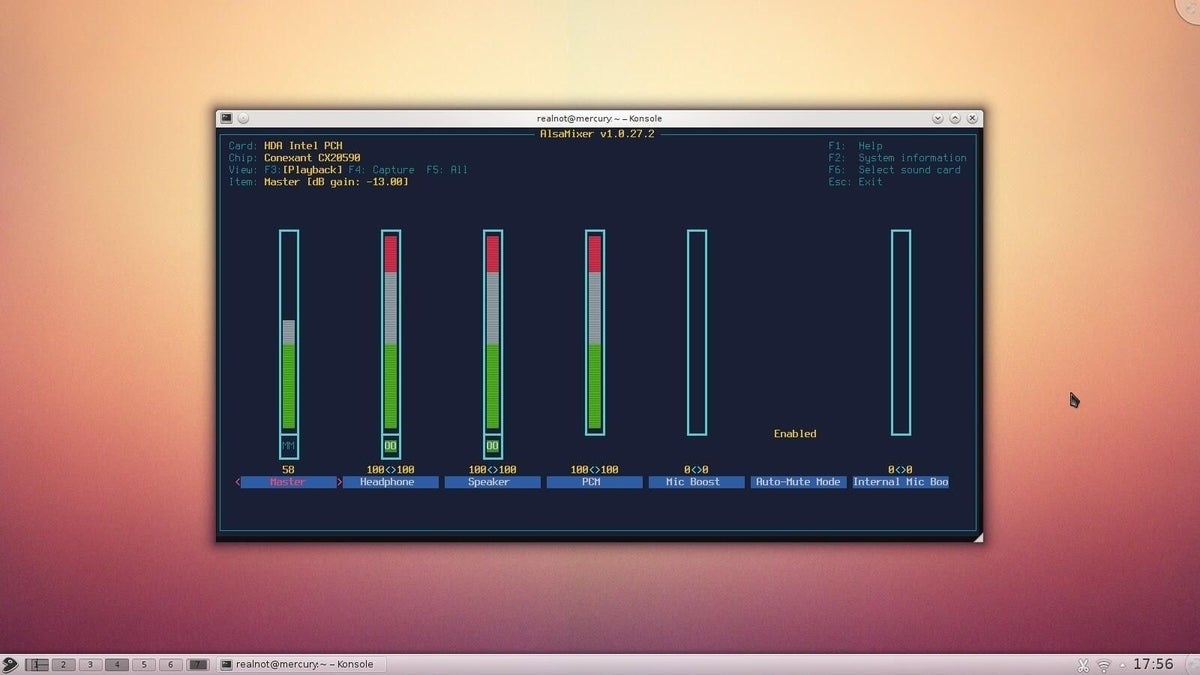

Gentoo
Gentoo
Named after the fast-swimming Gentoo penguin, Gentoo is aimed at users who want complete control over their systems.
Aimed at a more technical audience, the OS allows users to tinker with its setup to decide which services are installed and running.
User have managed to get Gentoo running on the Raspberry Pi 3 but doing so requires you to be comfortable with Linux terminal commands. A bootable build of the OS can be found here.
FreeBSD
The free Unix-like operating system has a lineage that dates back to the Berkeley Unix operating system of the 1970s.
The system is available with the Gnome 2 and KDE desktops, whose layout will be familiar to long-time Linux users and can run many Linux-compatible applications.
FreeBSD runs on the Raspberry Pi and the latest build, for the Raspberry Pi 2, along with a snapshot for the Raspberry Pi 3, is available here.
Open Media Vault
If you want to use your Pi to create a Network Attached Storage device, then OpenMediaVault may be worth checking out.
The Debian-based OS allows users to share files within a home office and offers services such as SSH, FTP, SMB/CIFS, DAAP media server, RSync, BitTorrent and more. It is available to download here.
Aeros
A real blast from the past, AEROS is an open source reimagining of the classic Amiga OS from the 1980s — with the claim that it offers a faster desktop than many lightweight Linux distributions.
Available to download for the Raspberry Pi here.
Manjaro
Designed to be friendly to new computer users, Manjaro is an Arch Linux-based OS that offers a variety of desktops and that bundles a range of software: including LibreOffice and the Chromium and Firefox web browsers.
In testing the OS proved very easy to install, with ZDNet’s J A Watson able to have an installed system up and running within 15 minutes, and which also proved to be “incredibly fast” in everyday use.
Plan 9
This strikingly-named, open-source OS offers reimagines the computer desktop. Designed in Bell Labs during the late 1980s, it is a descendant of the venerable UNIX operating system.
Instructions on getting Plan 9 working on the Pi are available here.
Diet Pi
This ultra-lightweight custom version of Debian Jessie is optimized for machines with low-power CPUs and constrained memory, so again complements the Pi’s modest specs. It is available to download here.
SARPI
SARPI, standing for Slackware Arm on a Raspberry Pi, aims to capture the spirit of the UNIX OS that inspired Linux. Be warned, while it has a reputation for offering the user a lot of power, it also demands a lot of technical know-how.
Links for versions of the OS that run on the Raspberry Pi 1, 2 and 3 tutorials are available here.
Crux
CRUX is a lightweight Linux distribution that prioritizes simplicity in the range of software packages it offers, and is available with a variety of desktops.
It is available to download for the first-generation Raspberry Pi here, but will require the user being comfortable using command line to set up the system.
IchigoJam BASIC RPi
Designed to make it easy to write software using the BASIC programming language, this OS is also suited to controlling electronics attached to the Pi’s general purpose input-output pins.
It is available to download from here.
-
Account Information
Contact Nick Heath
- |
- See all of Nick's content

